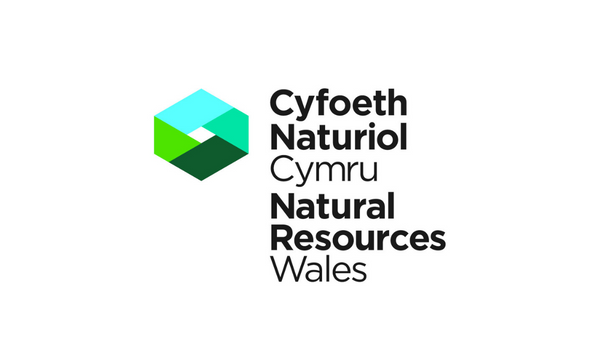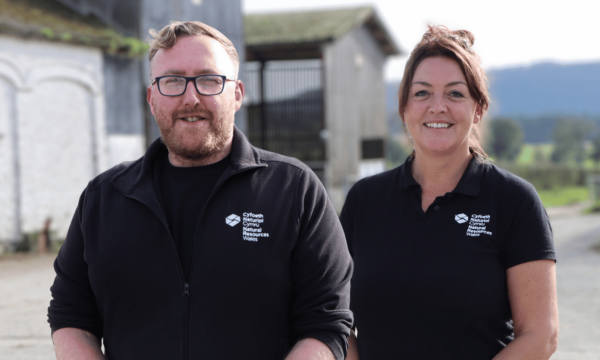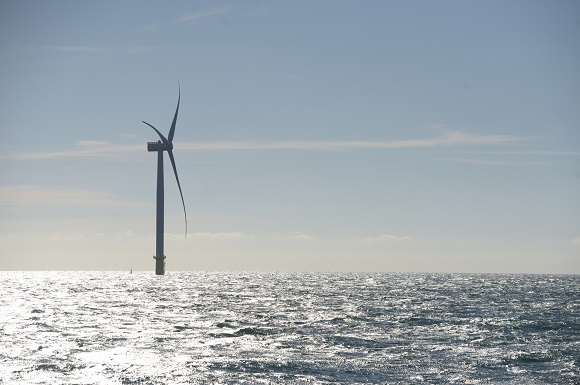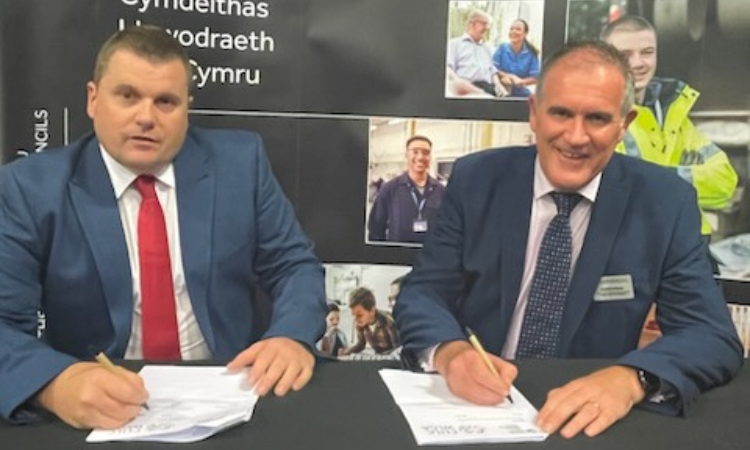
Onshore wind in Wales is one of the most exciting and promising areas of renewable energy development, and it’s rapidly climbing the political and economic agenda.
A few years ago, the Welsh Government conducted a deep dive into renewable energy, which set out a clear and ambitious commitment to supporting and growing the onshore wind sector. That strategic focus has created real momentum, and at Natural Resources Wales (NRW), we are playing a pivotal role in making that ambition a reality.
NRW holds a unique position in this space. We have multiple roles, as consentors and regulators, as well as commercial land managers. We manage around 8% of Wales’ landmass on behalf of the Welsh Government and much of that land is particularly well-suited for wind energy development due to its topography and exposure. This means that NRW is not only guiding and supporting onshore wind projects through the planning and consenting process – we are also actively contributing to the delivery of these projects on our own land.
We’ve had a long-standing build programme on NRW-managed land, and we are continuing to invest in and grow that pipeline. The Welsh Government’s establishment of Trydan Gwyrdd Cymru, its own renewable energy developer marks a significant step forward in this area.
Trydan Gwyrdd Cymru will work alongside the private sector to deliver onshore wind projects, creating a balanced approach where both public and private sector expertise is brought together to accelerate delivery.
Crucially, the goal is not just to generate renewable energy, but to ensure that the economic benefits stay in Wales. The Welsh Government’s strategy is to build long-term capacity within Wales, ensuring that profits, jobs, and supply chain opportunities flow back into local communities. This is about creating a sustainable energy future that benefits the people of Wales directly – not just in terms of clean energy, but also through economic growth and job creation.
The pipeline for onshore wind development is already growing. Multiple sites have already gone through the approval process, and many more are progressing through the early stages of planning and design. But there are challenges, and one of the biggest is grid capacity. The availability and strength of grid infrastructure will inevitably influence where and how quickly onshore wind projects can be delivered. This is an area where strategic planning and investment will be needed to ensure that the infrastructure is in place to support the scale of development that is being targeted.
NRW is already working to support this process. We are gearing up to process an increasing volume of onshore wind applications, ensuring that our consenting teams have the resources, expertise, and capacity to manage the growing demand. But beyond consenting individual projects, we are also focused on the bigger picture, helping to design and approve the supporting infrastructure that will allow renewable energy to be integrated into the grid efficiently and reliably.
It’s encouraging to see that support for onshore wind is coming from all stakeholders, government, industry, regulators, and local communities. This alignment is critical to success. Developing onshore wind at scale will require coordinated action across planning, infrastructure, and delivery – and the fact that Wales is moving forward with a shared sense of purpose gives me real confidence that we can succeed.
At NRW, we are fully committed to supporting this journey. We recognise the urgency of the climate challenge, but we also see the enormous opportunities that come with building a clean energy economy. Onshore wind is a cornerstone of that future and by working together, investing strategically, and planning smartly, we can ensure that Wales leads the way in delivering renewable energy that benefits both people and the nature.






